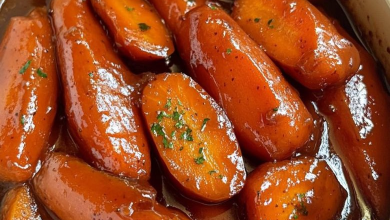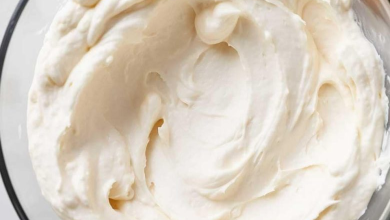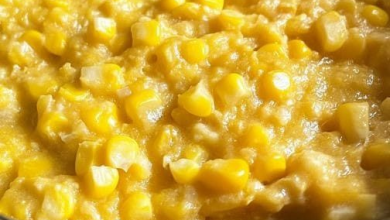Can someone explain what a bay leaf actually does? I always see it in recipes but can’t taste the difference it makes

Have you ever stopped to think about the mysterious bay leaf? It shows up in countless recipes, yet its quiet influence often slips under the radar. This modest leaf, with its layered aroma, carries a rich history and a surprising impact on the way we experience food.
A Historical Journey
The bay leaf comes from the revered laurel tree (Laurus nobilis), a culinary and cultural icon for thousands of years. The ancient Greeks and Romans valued the laurel not only in their kitchens but also as a symbol of triumph and honor. Its fragrant leaves have traveled through time and across continents, becoming a staple in European, Mediterranean, and Asian cooking.
Unveiling the Aromatic Secrets
Bay leaves offer a gentle yet intriguing scent—piney, minty, slightly peppery. Compounds like eucalyptol, eugenol, and myrcene release their aroma when the leaf simmers in liquid. This slow infusion brings a rounded, unified flavor to dishes, enriching the taste without overshadowing other ingredients.
The Art of Flavor Enhancement
Bay leaves are quiet flavor enhancers. They work in harmony with surrounding ingredients, subtly boosting their savory qualities. In long-simmered dishes, their presence deepens the umami profile, giving meals a more complete and satisfying flavor.
Culinary Applications Around the Globe
These leaves are incredibly versatile and appear in kitchens worldwide. They’re essential in French cuisine—especially in bouquet garni—and play key roles in Indian biryanis and curries. Across the Americas, bay leaves lend depth to gumbo, chili, soups, and broths.
Nutritional Value and Substitutes
Though bay leaves aren’t eaten whole, they do contain vitamins A and C, along with folic acid. Only small amounts make it into a dish, but they’re still present. There’s no perfect substitute, though some cooks opt for thyme or oregano for a similar hint of aroma—just keep in mind these herbs bring their own distinctive flavors.
The Mystery of Taste Perception
Because bay leaves work so subtly, some people struggle to detect their contribution. Those with less sensitive palates may not notice the difference, while others attuned to layers of flavor appreciate how they elevate complexity.
Debunking the Myth: Are Bay Leaves Worth It?
Despite the myth that bay leaves do nothing, they absolutely affect a dish—especially one that cooks for hours. Their cost is small, but their influence on the final flavor is unmistakable when used properly.
Preserving Flavor and Encouraging Experimentation
To keep bay leaves at their aromatic best, store them in an airtight container away from heat and sunlight. Fresh leaves are stronger, but dried ones remain effective for years if stored correctly.
For a true test, make a broth or tomato sauce twice—once with bay leaves and once without. You’ll notice a subtle but meaningful difference in depth and harmony.
Conclusion: A Culinary Treasure
Bay leaves may never steal the spotlight, but they are the quiet heroes behind many delicious dishes. Their talent for enhancing and balancing flavors makes them a worthy addition to any kitchen. So the next time you find one tucked into a recipe, don’t overlook it—embrace its gentle magic and discover the depth it brings to your cooking.




